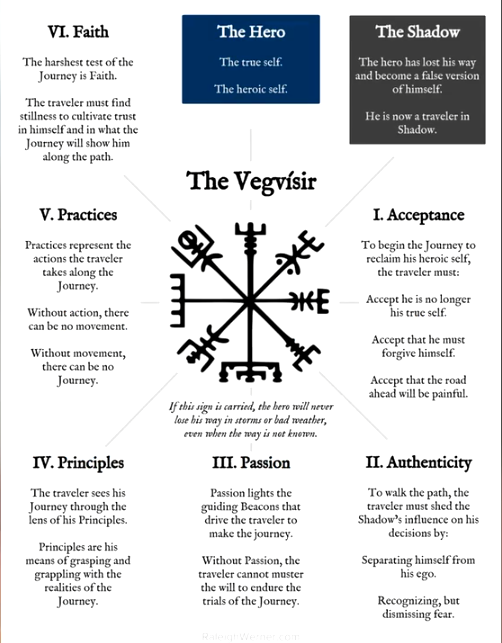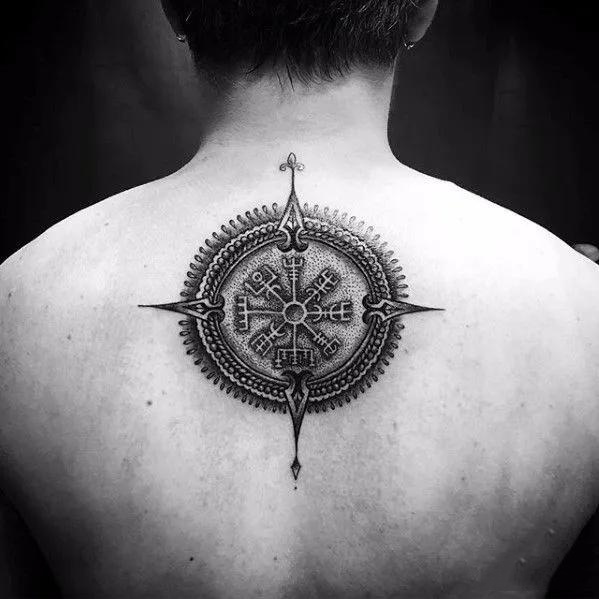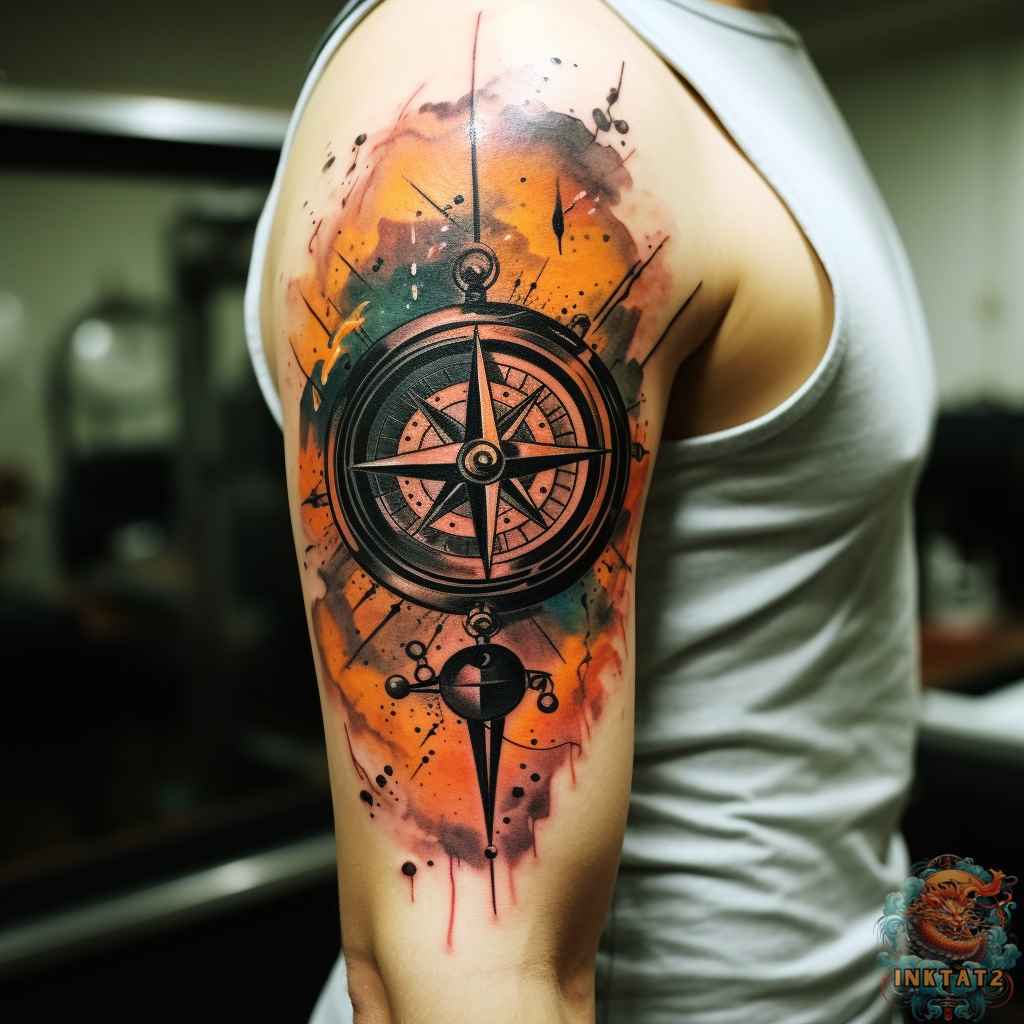
The history of Compass Tattoo
Do you know how long has the history tattoo been? Do you know who was the first person to have a tattoo? Do you know the origin of Compass Tattoo? Do you know what special meaning the Compass Symbol Tattoo has? Do you know what other symbols Compass Symbol often comes with?
Tattoos hold a rich and intriguing history, extending across thousands of years and multiple cultures. From the ancient Egyptians to the aboriginal people of the Pacific Islands, tattoos have been applied as a form of self-expression, spiritual commitment, and cultural identity This article will briefly comb tattoo and Compass tattoo history.
What is the prehistoric history of tattoos?
As a kind of graphic language common to the whole world, the meaning of tattoos has changed along with the progress of human history. This behavior has a long history and has existed in different social periods and cultural backgrounds.
Humans have experienced more than 10,000 years from the oldest rock petroglyphs in the Old Stone Age to the first tattooed person, the Iceman Otzi.
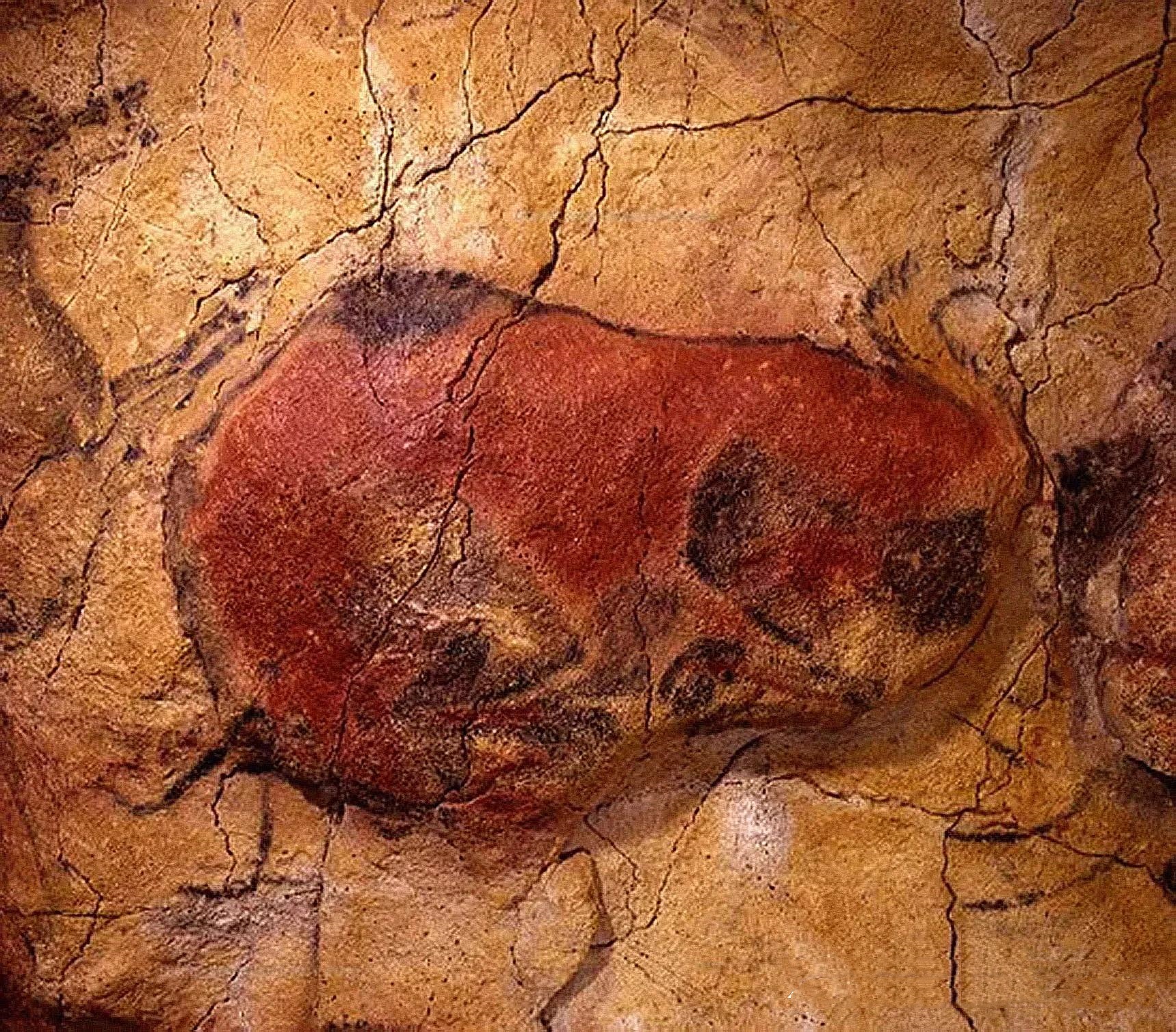
( Prehistoric paintings in Spain’s Altamira cave, up to 20,000 years old)

(A horse on the ceiling of Lascaux Cave in Dordogne, France, up to 17,300 years old)

(the first person to have a tattoo was the Iceman Otzi, up to 5,300 years old)
During the Ice Age, before 8,000 BC, many pottery bowls with traces of red and black paint were found in caves around the world, including in France, Portugal, Romania, and Scandinavia, as well as some pointed bone "needles" made of antlers and other broken bones (perhaps the earliest tattooing tools), and several small figurines with strong hints of tattoos.

(The common definitions of "Scandinavia")
When it comes to Scandinavia, the Vikings should play an important role. It can be said that the Scandinavians include the group of Vikings, and the former has a larger scope than the latter and includes not only ancient times but also modern times. The culture of the Vikings has an important influence on the culture of the entire Europe.
The Origin of Compass Tattoo
The Vikings (Vikings) are the Nordic pirates, famous for their sailing and nautical techniques. They have been harassing the coasts of Europe and the British islands from the 8th to the 11th centuries, and their footprints have reached the vast territory from the European continent to the Arctic. This period is called the "Viking Age" in Europe. For centuries, they often drove small boats to attack the coasts of northwest England and France. They were not afraid of wind and rain, or the unknown. They were the lords of the ocean. They were adventurers, explorers, merchants, and plunderers. In legends, the Vikings wore horned helmets, were dirty all over, their long tangled hair and beards were mixed, and used human skulls as wine bowls. History depicts the Vikings as clumsy barbarians with strong muscles and bodies. They covered their bodies with various meaningful symbols, and their bodies were covered with traditional sacred tattoos everywhere.
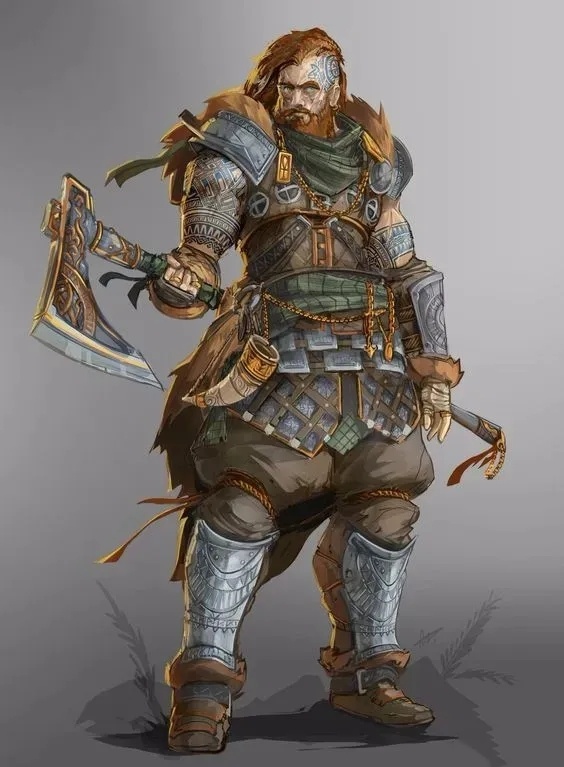
(Viking with traditional sacred tattoos)
The Vikings' tattoos were made up of the ancient symbols of Old Norse, and they used the ancient designs from Norse mythology, which also existed in their jewelry, carved bones, ships, and other components. The Viking tattoos symbolize bravery, fearlessness, and the willingness to explore the unknown world. Nowadays, the Vikings' tattoos are very popular among people with Nordic bloodlines, and they like to tattoo these patterns on their bodies to show their roots, while other enthusiasts are attracted by Norse mythology, culture, and beliefs. In the Viking culture, the following symbols act as extremely important roles.

(The extremely important symbols of Viking culture)
Vegvisir(viking compass)
The ancient Norse characters, meaning the compass, represent the direction indicator, and the extended meaning is to be able to see the road in the distance, to protect the holder from losing themselves, and to also protect the holder from losing what they already have.
Aegishjalmur
The ancient Norse characters, meaning the awe-inspiring tiller, are very kind to the holder and are used to protect the holder from being harmed in the battle, and it is also invincible at the same time.
Gapaldur and Ginfaxi
The runes are used to protect the safety of the holder in the fight, and most of them are used in the Vikings' recognized combats in nature.
Hraethigaldur and Ottastafur
The runes are generally tattooed in the position of the chest, symbolizing the terrifying power and making the enemy afraid.
Sleeping stabs
Allow the warrior to remain vigilant in sleep, assist in the most critical situation, and at the same time make any enemy who tries to approach the holder fall asleep.
GiboAuja
The lucky runes, whose meaning is to bless health. Healing runes: Represent recovery. These cultural symbols reflect the values and beliefs of the Vikings and are also symbols of their identity and culture.
What is the meaning of Compass Tattoos(Vegvisir)?
Compass Tattoo symbols like other Viking symbols and their meaning show a deep expression of everything related to protection, love, superstition, and religion. These symbols were used by the Nordic people who lived in Northern Europe between the 8th and 11th centuries. Most of these symbols are closely related to history. Because many of the events that happened during the Nordic mythology are represented.As well as their characters and particularly the gods they worshipped.Because Viking's symbols and their meaning are still very much present in Europe. They tell us about adventures, they tell us about love and traditions. Thanks to historians we can know these symbols of the Viking civilization. As well as what is spoken of them in the manuscripts that are still preserved. A revisit (Icelandic for signpost or Wayfinder) is an Icelandic magical stave intended to help the bearer find their way through the weather. The symbol is attested in the Huld Manuscript, collected in Iceland by Geir Vigfusson in 1880 (but consisting of material of earlier origin). A leaf of the manuscript provides an image of the revisit, gives its name, and, in prose, declares that "if this sign is carried, one will never lose one's way in storms or bad weather, even when the way is not known"(--From Wikipedia)
A revisit (Icelandic for signpost or Wayfinder) is an Icelandic magical stave intended to help the bearer find their way through the weather. The symbol is attested in the Huld Manuscript, collected in Iceland by Geir Vigfusson in 1880 (but consisting of material of earlier origin). A leaf of the manuscript provides an image of the revisit, gives its name, and, in prose, declares that "if this sign is carried, one will never lose one's way in storms or bad weather, even when the way is not known"(--From Wikipedia)
